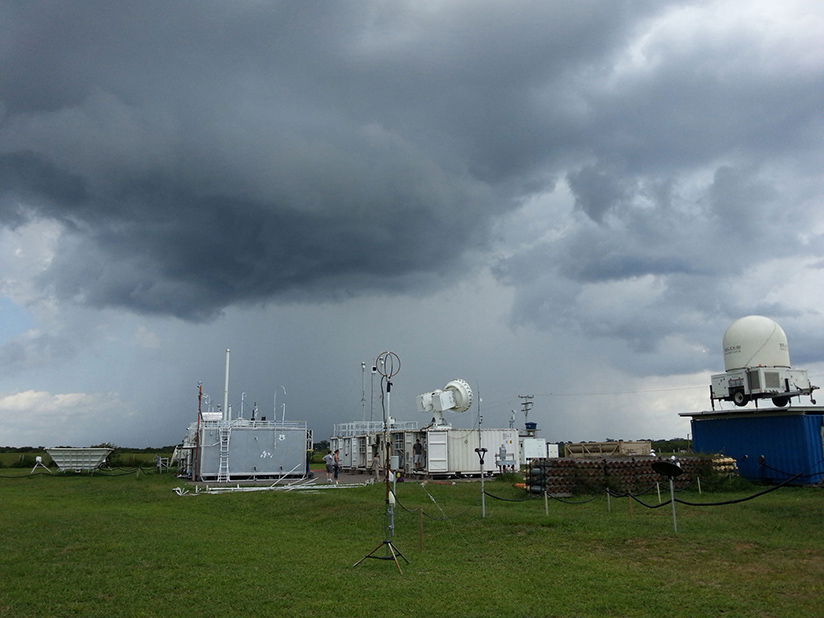
Small Particles Play Large Role in Tropical Thunderstorms
Ultrafine aerosol particles produce bigger storm clouds and more precipitation than larger aerosols in pristine conditions.

Ultrafine aerosol particles produce bigger storm clouds and more precipitation than larger aerosols in pristine conditions.
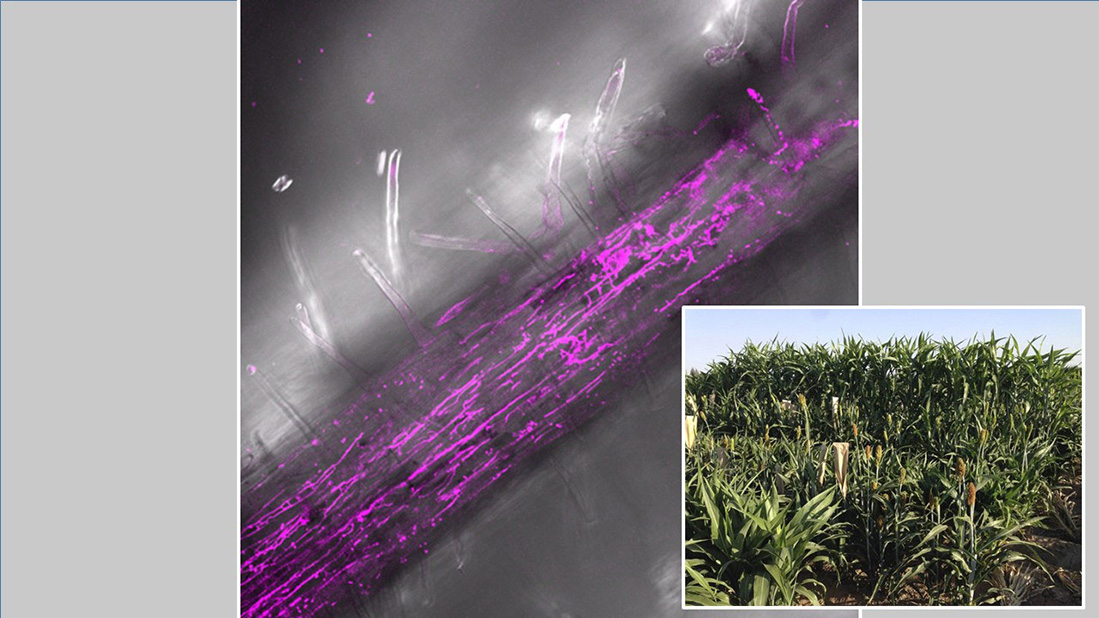
Scientists explore how drought-tolerant plants communicate to nearby microorganisms, suggesting ways to engineer more resilient bioenergy crops.

Researchers discover how certain bacteria may safeguard plant growth during a drought, making way for strategies to improve crop productivity.
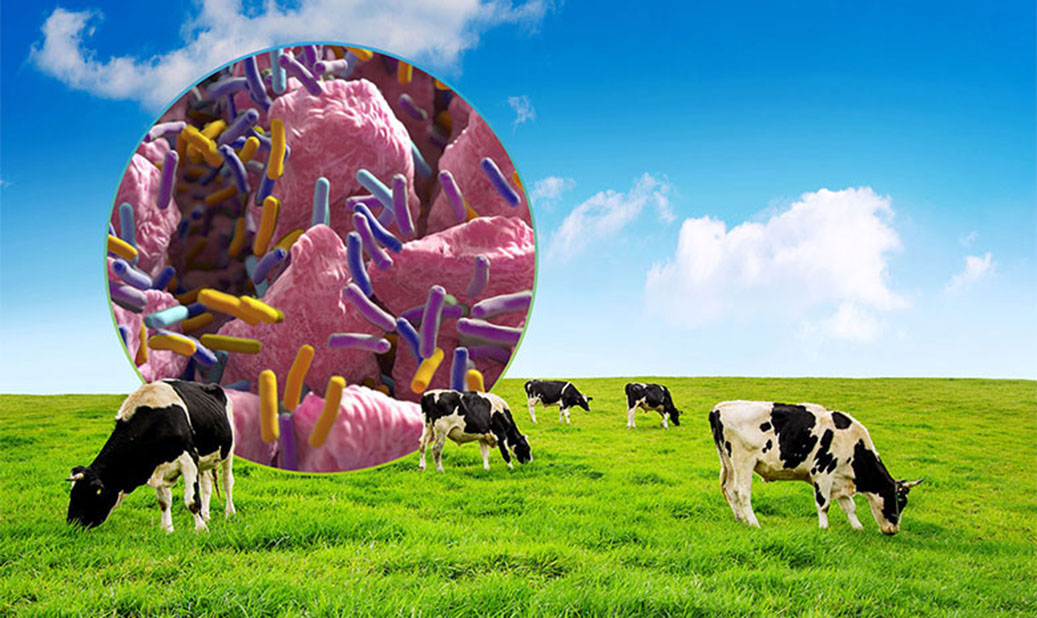
The bacteria from cows and other ruminants’ digestive systems could provide insights for converting corn stover and other biomass into fuels.
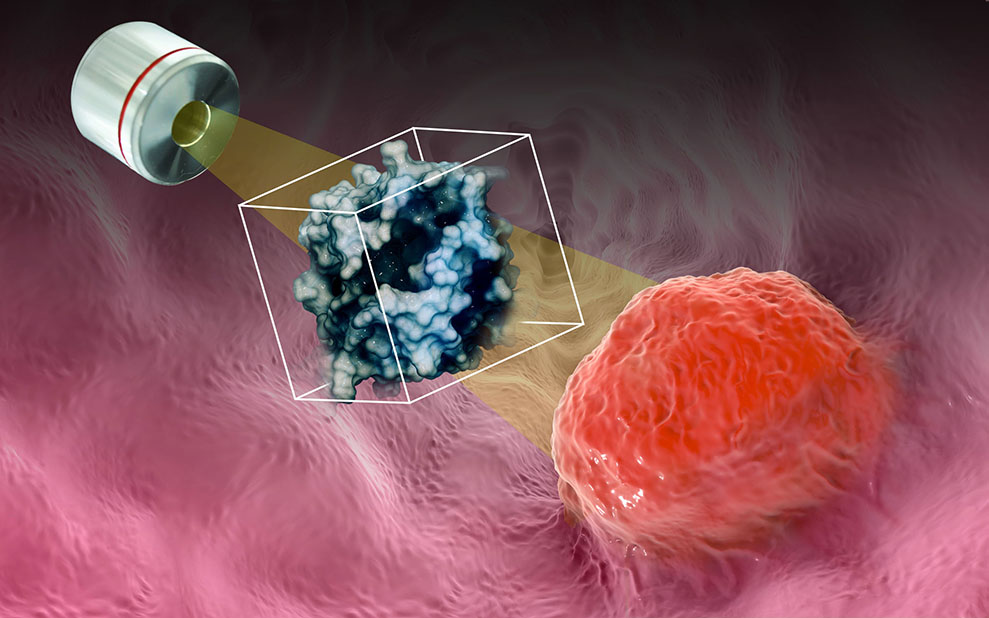
A new platform melding microfluidics and robotics allows more in-depth bioanalysis with fewer cells than ever before.
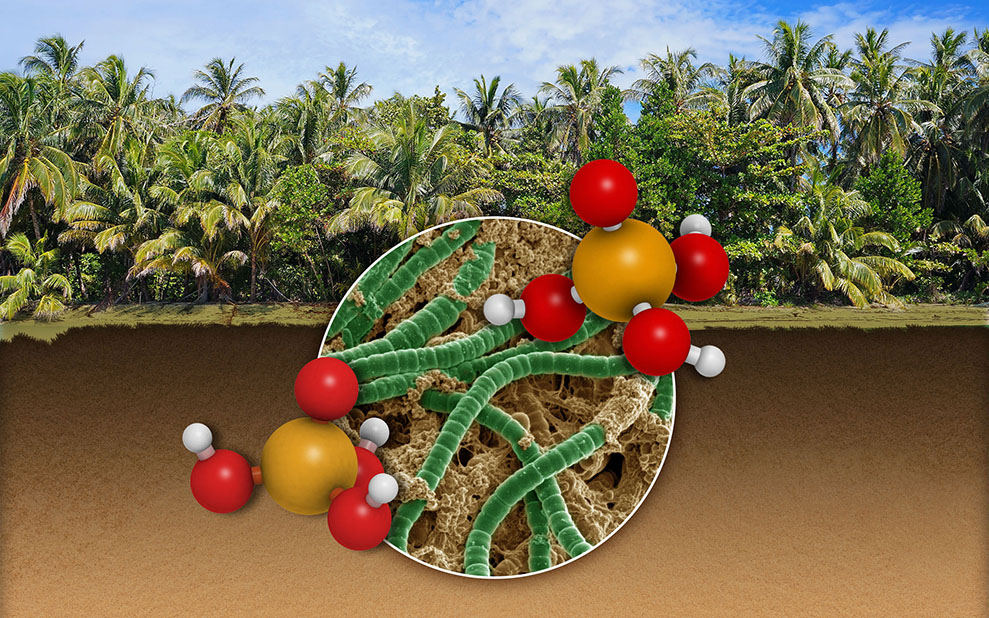
How microbial communities adjust to nutrient-poor soils at the genomic and proteomic level gives scientists insights into land use.
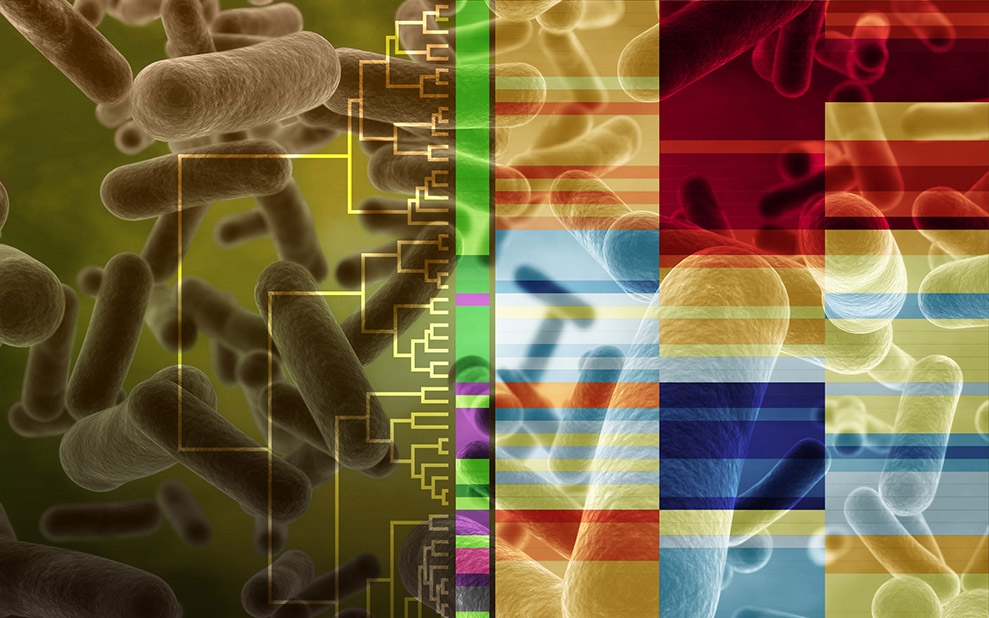
Analyses reveal how a microbe breaks down lignin, providing a better understanding useful to making biofuels.
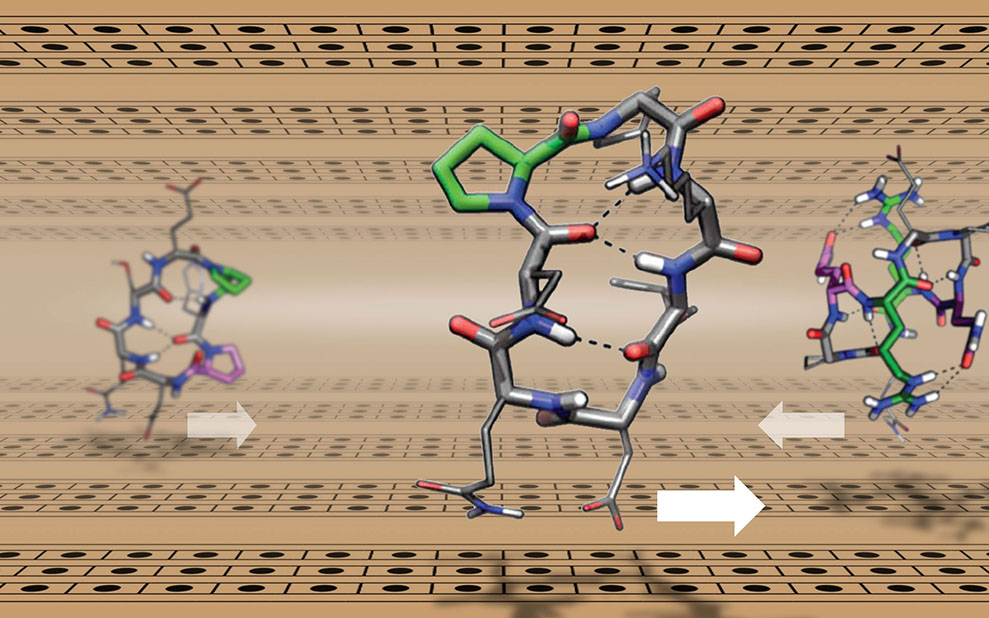
A combined experimental and modeling approach contributes to understanding small proteins with potential use in industrial, therapeutic applications.
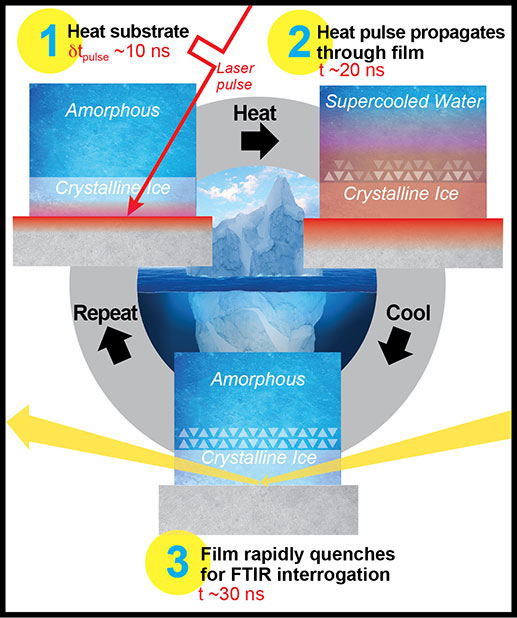
Measuring the physical properties of water at previously unexplored temperatures offers insights into one of the world’s essential liquids.
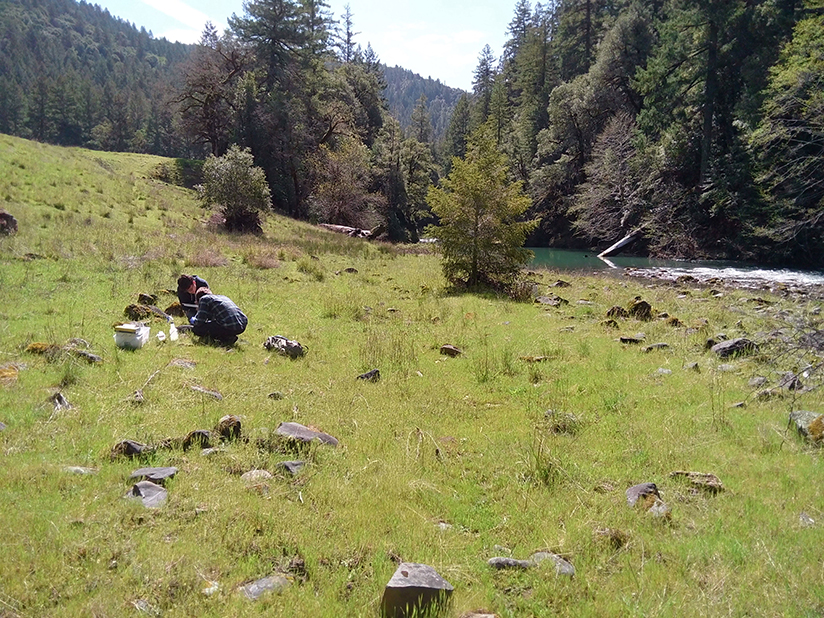
A large-scale soil project uncovered genetic information from bacteria with the capacity to make specialized molecules that could lead to new pharmaceuticals.
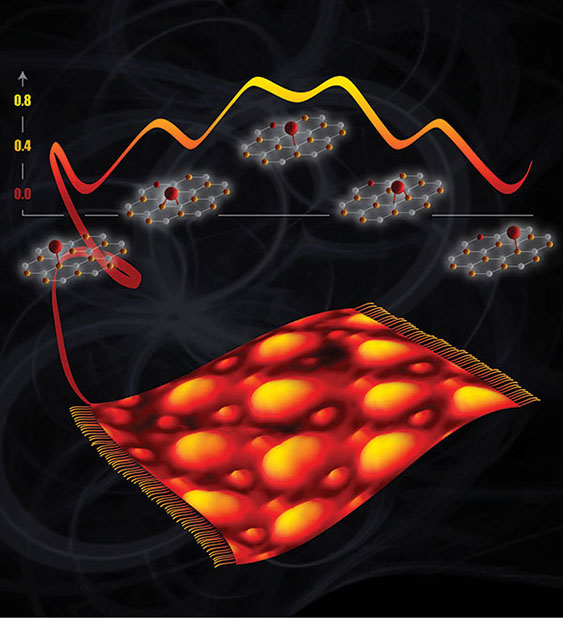
Precise positioning of oxygens could help engineer faster, more efficient energy-relevant chemical transformations.
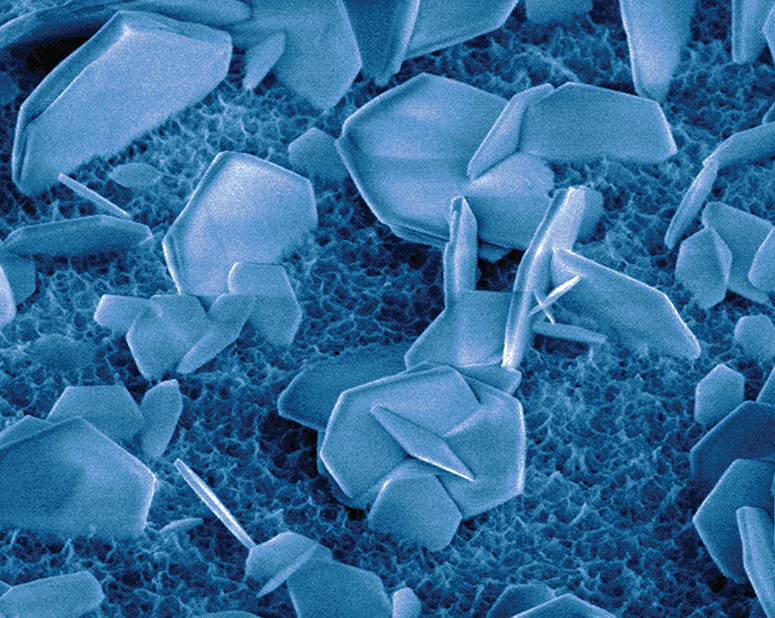
Water molecules line up tiny particles to attach and form minerals; understanding how this happens impacts energy extraction and storage along with waste disposal.